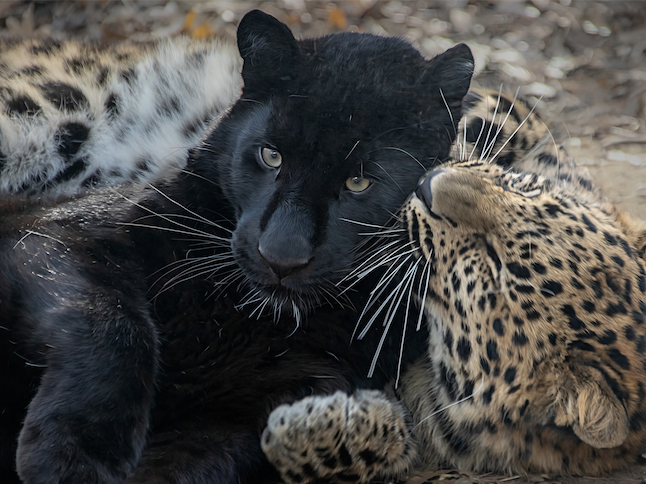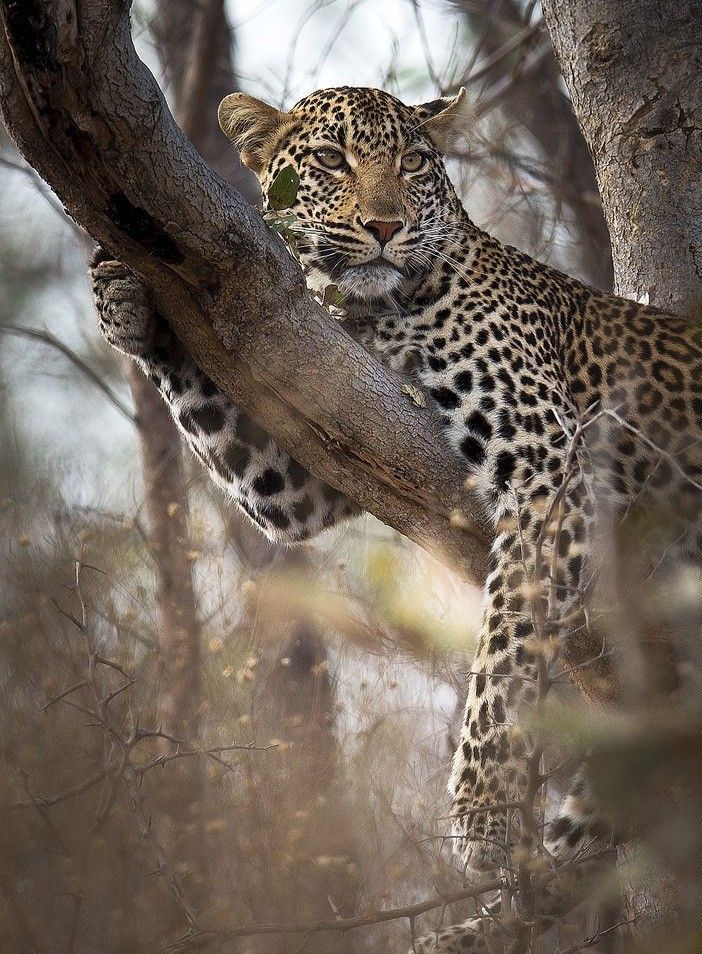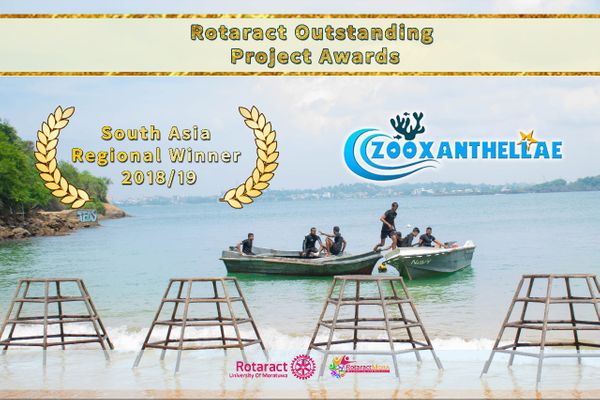Exiled, persecuted and killed
His long nocturnal prowl was showing signs of coming to a fruitful end. With his strong athletic back gleaming in the moonlight, the dark spots on his coat seemed to give him the perfect camouflage he needed. With the stealth and silence of a trained assassin, he moved towards his prey. His paw brushed against something strange, there was a quick rustle of leaves, and his balance was lost, as he was pulled upwards by something sharp tightening around his neck. He thrashed and struggled in pain, only to realize that the wire had gotten tighter and he was now bleeding badly. He whimpered, for he could do little else while trapped in that evil snare and was suffocating for what felt like an eternity. He was only conscious of infinite unbearable torment, as everything around him blackened, and he slipped out of consciousness.
Nearly 12 hours later, the unconscious leopard was found by a group of farmers, and the wildlife authorities were summoned, only to realize that this wounded animal had already lost its battle with death. Similar, was the manner of death of the “Black Panther”, on the 29th of May, which caused quite a stir of sympathy and anger among the people of Sri Lanka.

Home to a decreasing number of nearly 200 endemic species including the Sri Lankan Leopard (Panthera pardus kotiya), Sri Lanka has witnessed the snare-induced deaths of 42 leopards in the past decade. While snaring is clearly termed illegal according to The Flora and Fauna Protection Ordinance, it makes a murky, absurd exception for “pest species” and “life-threatening circumstances”, which results in many leopards being ensnared in traps not meant for them. Closer to being torture devices rather than harmless traps, any compassionate human being is compelled to question the need for snares at all.

But grievously, leopard killings aren’t solely caused by snaring accidents. The high global demand for leopard skin, bones, teeth, and claws, have set many avaricious and vile poachers after innocent, unsuspecting leopards. In the past 2 decades, at least 35 leopards were killed in Sri Lanka by pitiless, inhuman poachers. While very little has been done by the relevant authorities to penalize these cruel murderers, even less has been done to protect natural leopard habitats. With a burgeoning population of approximately 20 million, and the territorial restrictions of being an island with an area of 65,000km2, the exiling of leopards from their natural habitat to make way for the more self-serving human species is becoming alarmingly common.
Since the selfishness and irresponsibility of humans have been the greatest causes for the destruction of wilderness and the extinction of intriguing wildlife, the entire burden of restoring nature falls onto humans themselves. It is known that the first step to solving a problem is to acknowledge the existence of the problem itself. Thus, we have an obligation to raise a voice for these victimized creatures, and to force the authorities to open their deafened ears, and start taking measures to protect these magnificent beasts from extinction. We must all keep in mind, the wise words of the Chief Seattle, “The earth does not belong to humans. Humans belong to the earth.”, and learn to be a part of nature, instead of trying to invade it.




